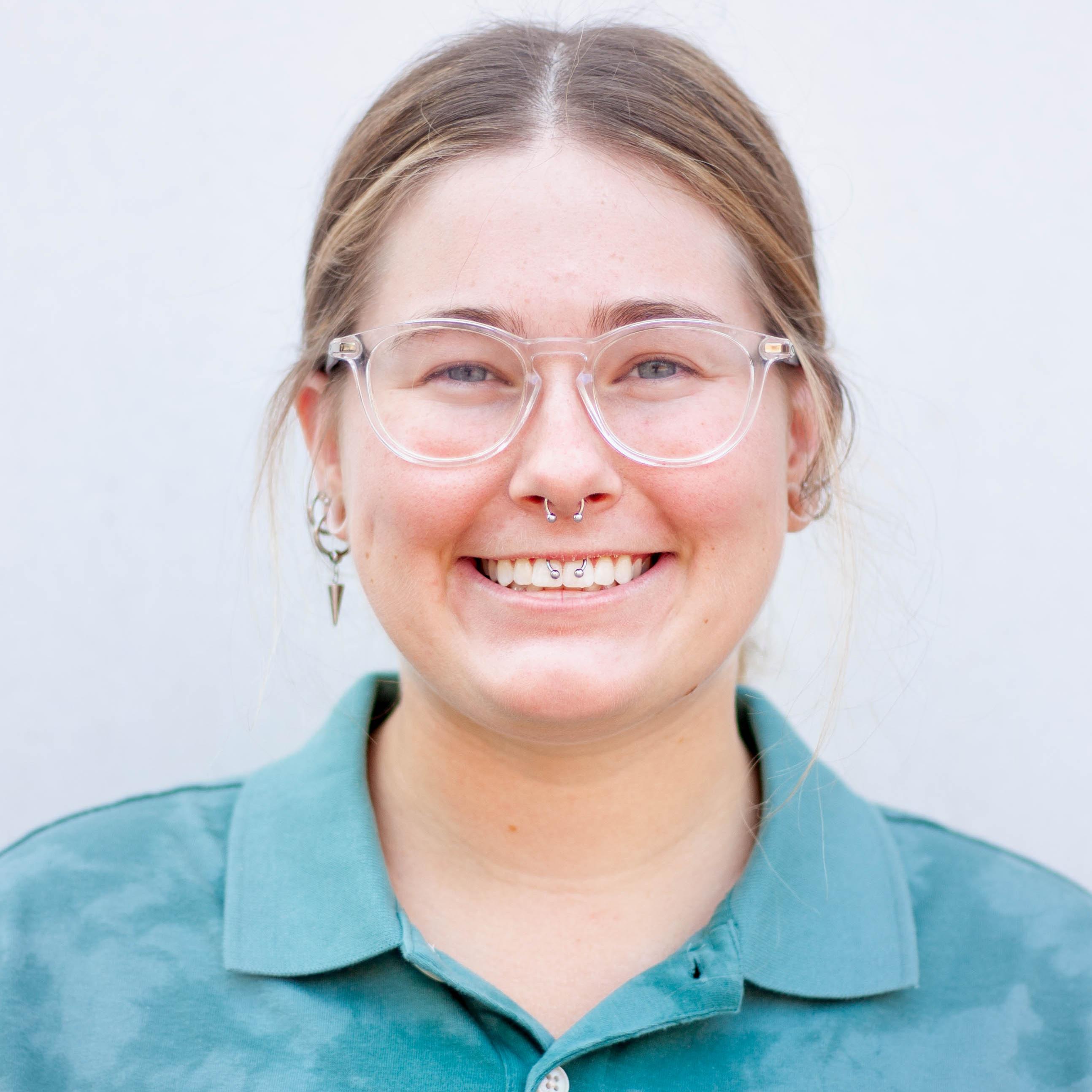Below is a summary of the abstract you submitted. Presenting author(s) is shown in bold.
If any changes need to be made, you can modify the abstract or change the authors.
You can also download a .docx version of this abstract.
If there are any problems, please email Dan at dar78@pitt.edu and he'll take care of them!
This abstract was last modified on February 20, 2024 at 3:39 p.m..

Given their vast population size and remarkably diverse genomes, bacteriophages represent important reservoirs of novel gene products. Most genes encoded by phages harbor no recognizable domains and cannot be assigned a function through bioinformatic methods; for most phages, even genes with functional predictions have not yet been experimentally characterized. In the SEA-GENES project, arrayed phage genome libraries are constructed and deployed in systematic overexpression screens to identify from the thousands of uncharacterized gene phamilies, those gene products that can confer some effect on the host bacterium, Mycobacterium smegmatis. Here, we describe the results of a genome-wide overexpression screen to identify gene products encoded by Cluster K6 mycobacteriophage Hammy that can inhibit mycobacterial growth. We identified 24 cytotoxic gene products encoded by Hammy, including 13 whose overproduction resulted in severe reduction or abolition of host growth. As more phage genomes are screened, patterns of phenotypic conservation can be explored. Comparison of our Hammy dataset to a similar genome-wide dataset from related cluster K phage Waterfoul, reveals good behavioral agreement between shared gene phamilies and identifies conserved growth inhibitors of particular interest for follow-up characterization.


